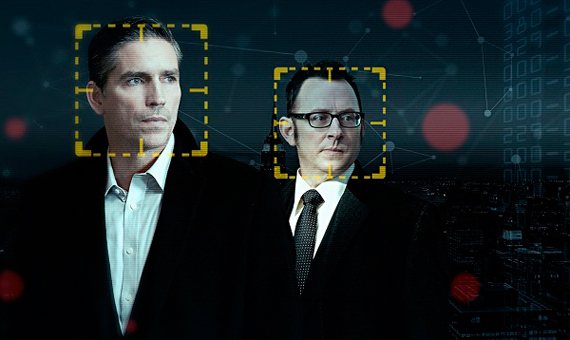“The machine is a massive surveillance system built and controlled by the government to monitor and analyse the data obtained from surveillance cameras, electronic communications, audio systems, databases… around the world. From these data it accurately predicts violent acts and terrorist attacks.”
This is the starting premise of the hit TV series Person of Interest, a fiction that could become reality in the near future in view of the increasingly numerous, exhaustive and conclusive investigations and studies linking individual aggressiveness to factors and parameters that are measurable and therefore analysable in an objective and systematic way.
The most recent study, conducted by researchers at the University of Portsmouth, links the way in which people walk to their degree of aggressiveness. Specifically, the biomechanical analysis of the gait of the participants in the study –29 volunteers who had previously undergone a standardized personality and aggression questionnaire– showed that the relative rotation between the upper and lower body, which occurs naturally when walking, is much more pronounced in individuals who have a more aggressive personality. Furthermore, in the exclusive case of men, there is a relationship between a faster pace and aggressiveness. These results are based on objective data processing and not on mere human perception, since this biomechanical analysis systematically records a number of parameters, some of which are imperceptible to the human eye.
Using motion capture technology, the researchers analysed thorax and pelvis movements, to analyse potential aggressiveness. Credit: Portsmouth University
As the authors of the study foresee, if the security officers responsible for surveillance by closed circuit cameras “could be trained to recognise the aggressive walk demonstrated in this research, their ability to recognise impending crimes could be improved further.”
Cameras to analyse gait
This means that preventive or anticipatory security measures could be taken almost immediately in places and at events where people enter the area on foot, such as airports, subway stations, stadiums, department stores, etc. Under these circumstances, a system of surveillance cameras together with a team of trained observers or, better yet, with the implementation of software that would measure and analyse these biomechanical parameters, potentially aggressive individuals could be identified and the security personnel alerted.

But the characteristic gait of a person is not the only indicator of their potential aggressiveness. So far this year, at least half a dozen studies have already been published that link various individual features, traits and qualities to a tendency towards violence. From the nature and amount of fat ingested in the diet –omega-3 fatty acids lower aggressiveness and, conversely, the consumption of trans-fatty acids raise it–, to the presence and accessibility of green areas around the house and place of work. From the usual climate of the place of residence and the weather conditions experienced in recent days, to a person’s fondness for gambling, including so-called casual betting such as football pools, lotteries or raffle tickets. And, likewise, having been subjected or exposed to a stressful situation/event/episode causes a significant increase in aggressive behaviour during the following week.
Aggressiveness is also in the genes
To these results and factors may be added the feature that is the most “objective” of those established so far: the allele or version of the MAOA gene present in the genetic code. The MAOA gene (monoamine oxidase A) regulates the level or production of an enzyme that is responsible for the activity of a number of neurotransmitters in the brain (dopamine, serotonin, norepinephrine) involved in relaxation, stress, self-control and the so-called “fight or flight” response. The presence of the version of the gene or allele responsible for a low level of activity –MAOA-L(ow), as opposed to the MAOA-H(igh)– induces a more aggressive “standard” response.
These findings, seen in the context of the initial scenario, raise the possibility in the not so distant future of the implementation of a mass surveillance system with access to surveillance cameras, audio sources, electronic communications, databases, etc. Not only this, but also the collection of data on what people buy in the supermarket, their expenditures on state lotteries and gambling, the place and the weather of their vacations, whether they live in neighbourhoods with more or less green areas, their current workload and mortgage, not to mention their medical and genetic history. All this in order to identify those individuals that are potentially the most dangerous, and thus to foresee and anticipate future crimes of a violent nature.
Of course, an alternative scenario is also possible, one that involves the adoption of policies of preventive measures by the authorities: the allocation of state housing, institutionalized food choices, controlled air conditioning, selective sterilization based on genetic criteria… Utopia or dystopia?
By Miguel Barral for Ventana al Conocimiento
Comments on this publication